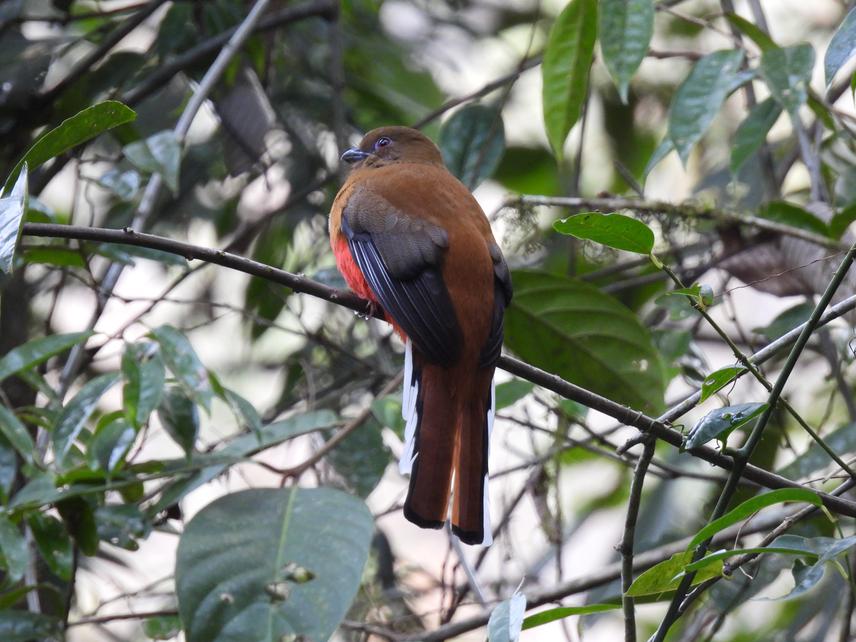Aavika Dhanda
Land-use land-cover (LULC) change severely impacts forest birds. The effects are more prominent in tropical mountains which are centres of tremendous high biodiversity such as the eastern Indian Himalaya, a global biodiversity hotspot. In Dibang Valley of the north-eastern Indian Himalayan state of Arunachal Pradesh, a majority of forests are outside the existing protected areas and are largely managed by the indigenous ‘Idu-Mishmi’ community. These ‘community’ forests are used for extracting bioresources, implementing slash and burn agriculture, maintaining pasture lands and for various other cultural purposes. As a result, Dibang Valley comprises of a mosaic landscape with forests and habitats of varying patch sizes and intensity of usage. Once the forests are cut down or burnt, their multi-structured vegetation such as the understories, shrubs, sub-canopies and canopies are lost. However, there is no ecological information on how the forest-dependent birds of Dibang Valley are responding to such habitat alteration and loss.

Red-headed trogon.
My project will contribute to the conservation of regional biodiversity of Dibang Valley by providing the first comprehensive and quantitative ecological study of the diversity and habitat use of avifauna of this important bird region, and sensitivity of different bird communities to habitat loss, alteration, and disturbance. The project aims to a) collect primary data on bird communities, and b) assess how slash and burn agriculture and other disturbances shape bird diversity and community assemblages. The project will identify bird communities most vulnerable to human-induced threats and will provide suggestions for restoration design considering habitat preferences of forest-dependent bird species in Dibang Valley. The project also aims to c) provide birdwatching training to Idu-Mishmi people to document birds and convey the importance of formally documenting species in their community lands. The project will thus provide an understanding of responses of forest birds to LULC changes, provide habitat restoration suggestions and equip locals to monitor birds in Dibang Valley.
Header: Himalayan cutia.